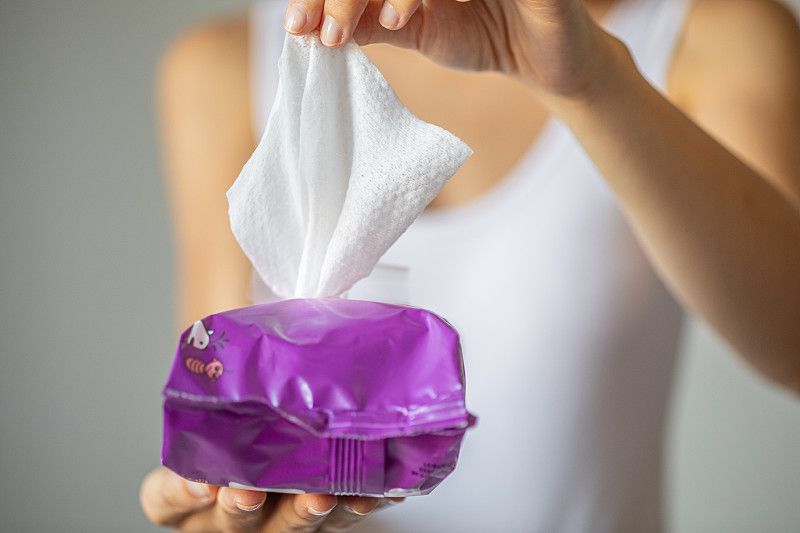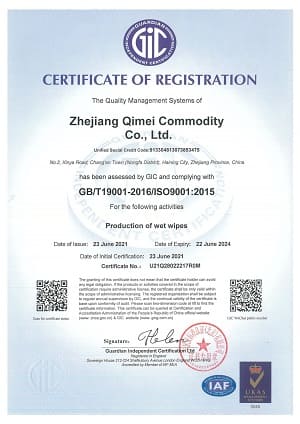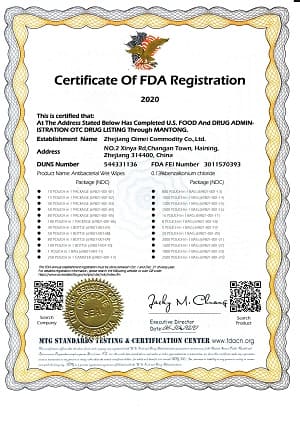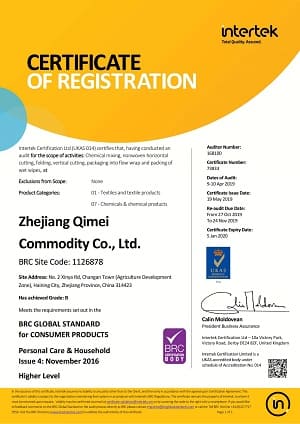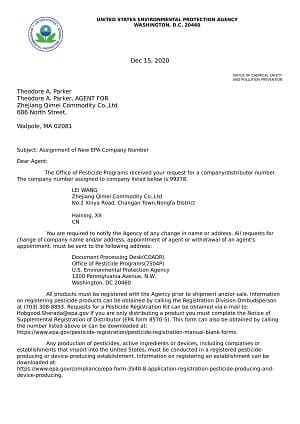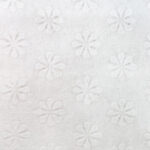نوع القماش المنسوج من سبونليس: بوليستر، مادة مزيج بولي فيسكوز، ألياف الخيزران، لب الخشب (قابل للغسل)، القطن أو ألياف الصويا (قابلة للتحلل)
مسطحة أو محكم (الشعار الخاص بك متاح)
جراماج: 30-80 جم
1/10/30/80/100/120/160 قطعة/الحزمة
يمكن أن يختلف حجم المناديل غير المعطرة اعتمادًا على الشركة المصنعة والاستخدام المقصود للمناديل. يمكن أن تتراوح المناديل غير المعطرة من مناديل صغيرة تستخدم لمرة واحدة مصممة لتنظيف المناطق الصغيرة مثل الوجه أو اليدين، إلى مناديل أكبر متعددة الاستخدامات مصممة لتنظيف الأسطح الأكبر مثل أسطح العمل أو الأرضيات.
عادة ما تكون المناديل المبللة غير المعطرة ذات الاستخدام الواحد أصغر حجمًا، حيث تتراوح من بضع بوصات مربعة إلى بضعة أقدام مربعة، في حين أن المناديل الأكبر حجمًا والمتعددة الاستخدامات يمكن أن يصل طولها وعرضها إلى عدة أقدام.
قد يتأثر حجم المناديل غير المعطرة أيضًا بالعبوة. غالبًا ما يتم تعبئة المناديل المبللة ذات الاستخدام الواحد في عبوات فردية صغيرة يمكن حملها بسهولة في المحفظة أو الجيب، بينما يتم تعبئة المناديل الأكبر حجمًا والمتعددة الاستخدام غالبًا في علب أو أكياس قابلة للإغلاق لسهولة التخزين والاستخدام.
1. كيس بلاستيكي قابل لإعادة الإغلاق: هذا هو النوع الأكثر شيوعًا من عبوات المناديل المبللة. إنها مصنوعة من البلاستيك ولها شريط قابل للإغلاق في الأعلى للحفاظ على المناديل نظيفة ورطبة.
2. حاوية الغطاء العلوي: يتكون هذا النوع من العبوات من وعاء بلاستيكي بغطاء يمكن فتحه وإغلاقه للوصول إلى المناديل.
3. عبوة ناعمة بغطاء بلاستيكي قابل للقلب: على غرار حاوية الغطاء العلوي ، تأتي هذه العبوة في عبوة ناعمة ولها غطاء بلاستيكي قابل للقلب لسهولة الوصول إليها.
4. موزع منبثق: يتميز هذا النوع من العبوات بآلية توزيع منبثقة تسحب مسحًا واحدًا في كل مرة.
5. حزمة السفر: عبوة صغيرة مصممة للاستخدام أثناء التنقل ، وغالبًا ما تأتي مع إغلاق بلاستيكي.
6. عبوات أحادية الاستخدام: تأتي هذه المناديل المبللة في عبوات صغيرة محكمة الغلق تكون ملائمة للسفر أو الأنشطة الخارجية.
7. كيس إعادة التعبئة: تم تصميم هذه العبوة ذات الحجم الأكبر لإعادة تعبئة حاويات المناديل المبللة الأخرى ، وعادة ما يكون بها فتحة قابلة لإعادة الإغلاق.
يمكن أن تختلف تركيبة المناديل غير المعطرة اعتمادًا على الاستخدام المقصود للمناديل والشركة المصنعة. ومع ذلك، بشكل عام، يتم تصنيع المناديل المبللة غير المعطرة بدون عطور أو روائح إضافية، وغالبًا ما تكون مصممة لتكون لطيفة وغير مهيجة للجلد.
يمكن تصنيع المناديل المبللة غير المعطرة من مجموعة متنوعة من المواد، بما في ذلك الورق أو القماش أو الألياف الاصطناعية. يمكن أن يؤثر نوع المادة المستخدمة على ملمس المسح وفعاليته.
بالنسبة للنظافة الشخصية ومناديل الأطفال، قد تشتمل التركيبة على عوامل تنظيف خفيفة، مثل الماء والمواد الخافضة للتوتر السطحي اللطيفة، للمساعدة في إزالة الأوساخ والشوائب من الجلد. قد تحتوي بعض المناديل غير المعطرة أيضًا على عوامل مرطبة، مثل الصبار أو الجلسرين، للمساعدة في ترطيب البشرة وتهدئتها.
بالنسبة لمناديل التنظيف المنزلية، قد تشتمل التركيبة على عوامل تنظيف، مثل المواد الخافضة للتوتر السطحي والمذيبات، للمساعدة في إزالة الأوساخ والبقع من الأسطح. قد تحتوي بعض مناديل التنظيف غير المعطرة أيضًا على مطهرات أو عوامل مطهرة للمساعدة في قتل البكتيريا والفيروسات.
ممارسات التصنيع الجيدة (GMP): GMP عبارة عن مجموعة من الإرشادات التي تضمن تصنيع المنتجات بشكل متسق وتلبية معايير الجودة. غالبًا ما يكون الالتزام بممارسات التصنيع الجيدة (GMP) مطلوبًا من قبل الهيئات التنظيمية في العديد من البلدان.
لوائح وكالة حماية البيئة (EPA): في الولايات المتحدة، تخضع المناديل المبللة غير المعطرة التي يتم تسويقها كمطهرات للوائح وكالة حماية البيئة. تتطلب هذه اللوائح من الشركات المصنعة تسجيل منتجاتها لدى وكالة حماية البيئة (EPA) والتأكد من أنها تلبي معايير محددة للفعالية والسلامة.
لوائح الاتحاد الأوروبي: في الاتحاد الأوروبي، تخضع المناديل غير المعطرة للوائح مختلفة، بما في ذلك لائحة تسجيل وتقييم وترخيص وتقييد المواد الكيميائية (REACH) ولائحة منتجات المبيدات الحيوية (BPR). تتطلب هذه اللوائح من الشركات المصنعة تسجيل منتجاتها وإثبات سلامتها وفعاليتها.
شهادات المنظمة الدولية للمعايير (ISO): شهادات ISO، مثل ISO 9001 وISO 13485، هي معايير معترف بها دوليًا توضح التزام الشركة المصنعة بإدارة الجودة وسلامة المنتج.
أوراق بيانات السلامة (SDS): يُطلب من الشركات المصنعة تقديم أوراق بيانات السلامة لمنتجاتها. تحتوي هذه المستندات على معلومات حول المكونات والمخاطر المحتملة وإجراءات التعامل الآمن مع المنتج.
